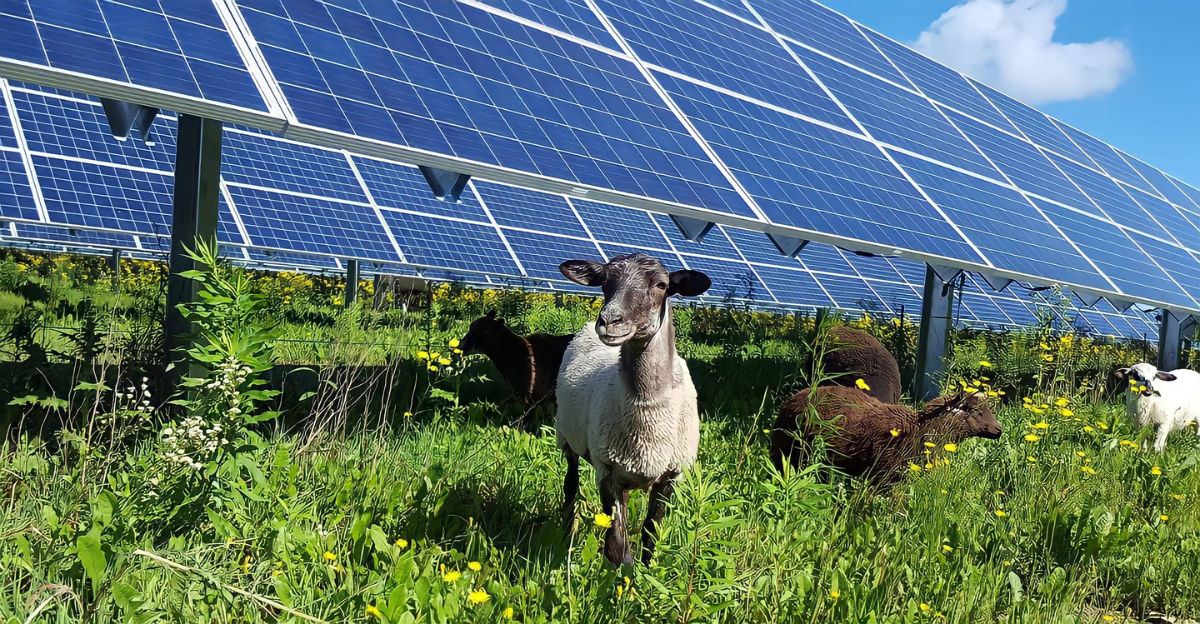
The Heat Waver marks a groundbreaking advance in renewable energy as the first-ever photovoltaic turbine that seamlessly combines solar and wind power generation. This innovative hybrid technology integrates photovoltaic materials directly onto the turbine’s rotor blades, enabling simultaneous capture of sunlight and wind energy. The Heat Waver promises enhanced efficiency and reliability, particularly in variable weather conditions, by generating power even when wind speeds are low. However, alongside its benefits, this novel system has triggered unexpected environmental effects, stirring interest and concern within the scientific community.
This article explores the Heat Waver’s unique design, its environmental advantages, and the emerging ecological questions it raises. We delve into how this hybrid turbine could reshape sustainable energy landscapes while underscoring the importance of ongoing research to understand its impacts fully. Examining the promise and the challenges, we aim to provide a balanced view of this next-generation renewable technology.
What is the Heat Waver Photovoltaic Turbine?
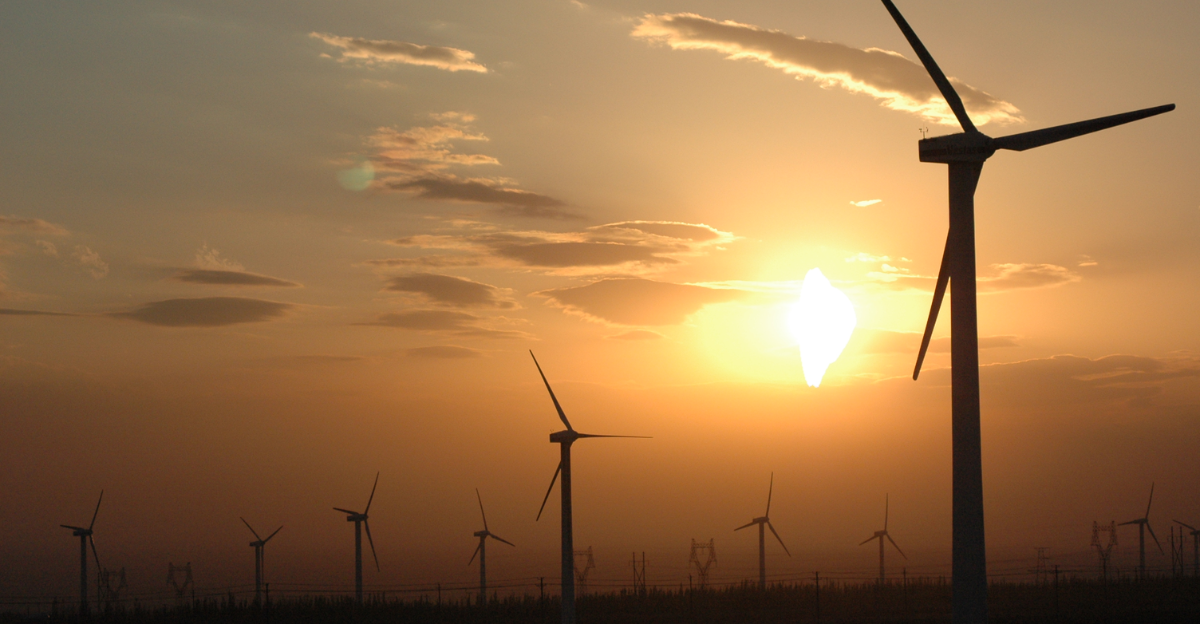
The Heat Waver photovoltaic turbine features an innovative design with rotor blades lined with photovoltaic (PV) materials, allowing the turbine to harness solar energy and wind power. This dual-energy capture means the turbine can generate electricity from kinetic wind energy and sunlight striking the blades.
This hybrid approach enables continuous power generation even during periods of low wind, a significant advantage over traditional wind turbines that rely solely on wind speed. Moreover, the Heat Waver’s compact, space-saving design and ability to operate effectively in various weather conditions make it a versatile solution for diverse environments. Integrating solar cells on moving parts optimizes land use and maximizes energy output from a single installation footprint, representing a leap forward in renewable energy technology.
How Hybrid Energy Generation Works
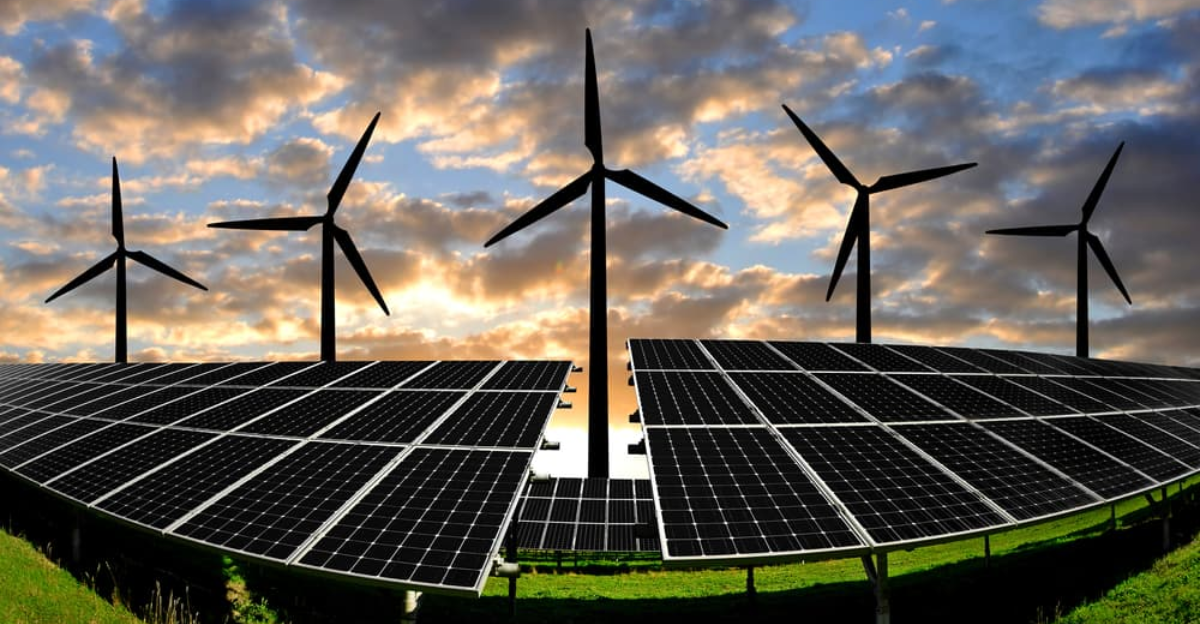
The Heat Waver’s hybrid energy generation operates through two complementary mechanisms. First, the turbine’s blades capture kinetic energy from the wind, converting it into mechanical energy that drives electricity generation. Simultaneously, the photovoltaic materials embedded in the blades convert sunlight directly into electrical energy through the photovoltaic effect.
This dual system ensures more consistent energy output, as solar power can compensate during calm wind conditions, smoothing fluctuations typical of wind-only turbines. Compared to conventional turbines, which depend exclusively on wind speed and can experience downtime during lulls, the Heat Waver offers enhanced reliability and efficiency. This continuous output capability is crucial for grid stability and expanding renewable energy’s role in power systems.
Environmental Benefits of Photovoltaic and Wind Energy
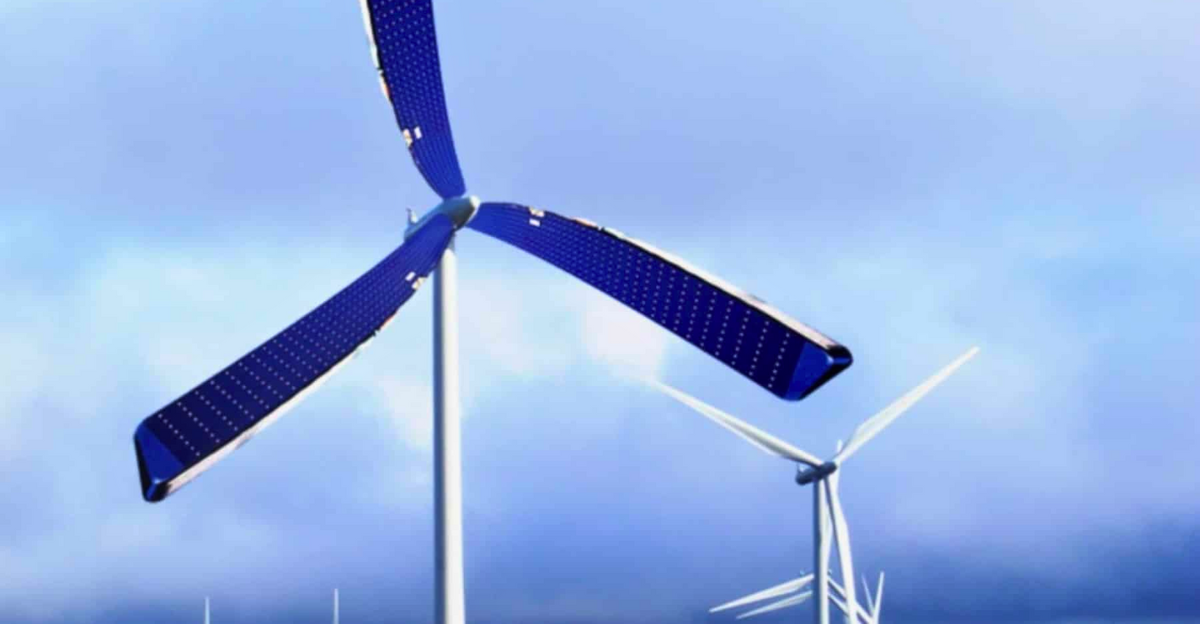
Both photovoltaic and wind energy systems are celebrated for their environmental benefits. They produce electricity without emitting air pollutants or greenhouse gases during operation, contributing significantly to climate change mitigation. By reducing dependence on fossil fuels, these technologies help lower carbon footprints and improve air quality.
Photovoltaic systems typically have low lifecycle emissions, with energy payback times and how long they take to generate the energy used in their manufacture ranging from 1 to 4 years, depending on technology and location. Wind turbines also boast low environmental impacts over their lifespan. Together, hybrid systems like the Heat Waver promise to amplify these benefits by maximizing renewable energy generation in a single platform, supporting sustainable energy transitions worldwide.
Unexpected Environmental Effects Observed
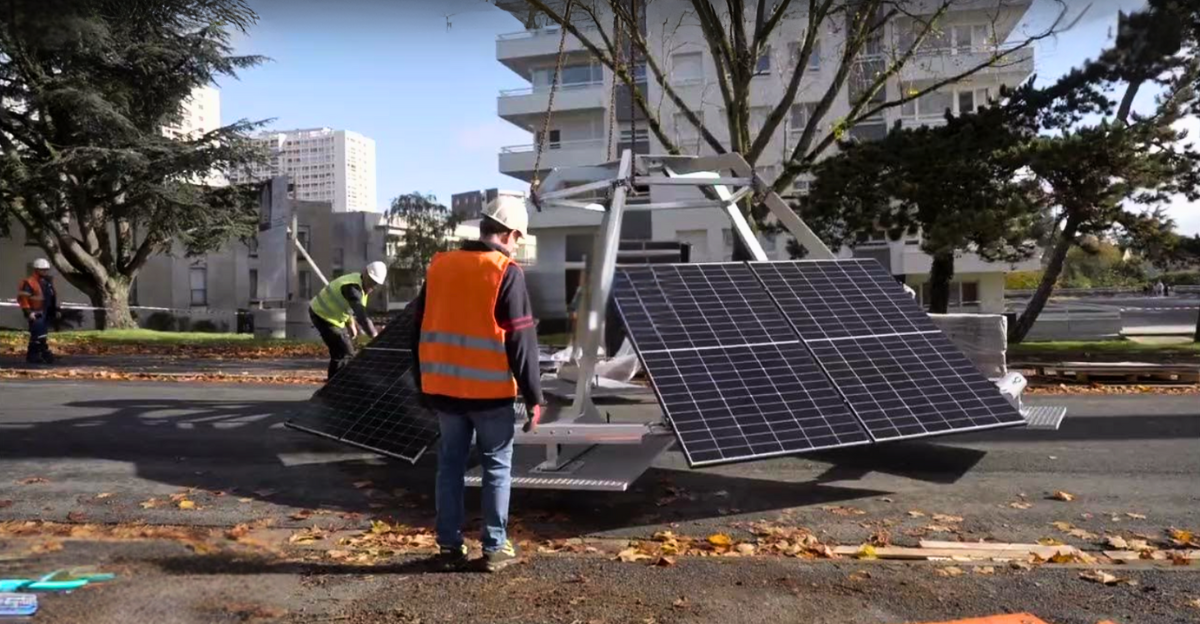
Despite its promise, the Heat Waver has been linked to unusual atmospheric effects in some installations. Reports indicate changes in local microclimates, such as altered airflow patterns and temperature variations, possibly caused by the interplay of solar heating on the blades and wind turbulence.
These effects are not fully understood and may stem from the hybrid design’s unique way of interacting with the environment. Scientists are conducting detailed studies to investigate these phenomena, aiming to determine their causes and potential ecological consequences. Understanding these unexpected effects is crucial to ensuring that the Heat Waver’s deployment remains environmentally responsible and sustainable.
Broader Environmental Impacts of PV and Wind Technologies
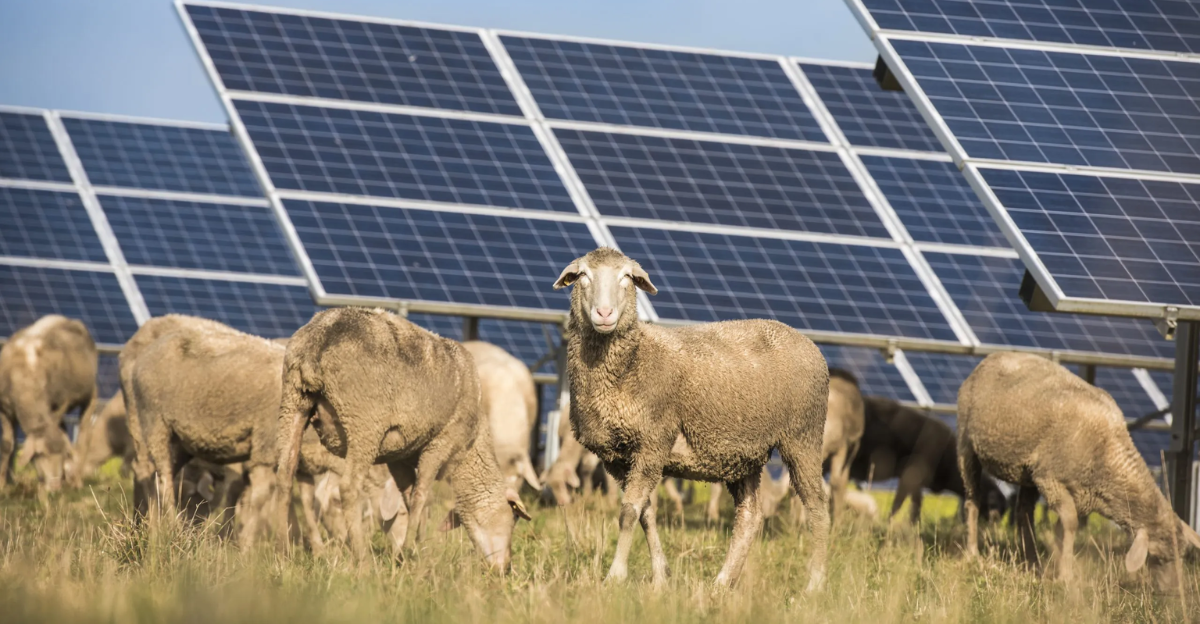
While minimal operational emissions, photovoltaic and wind technologies present broader environmental challenges, manufacturing PV panels involves hazardous materials such as cadmium and lead, requiring careful handling to prevent pollution. Additionally, large-scale wind and solar farm land use can impact ecosystems and biodiversity. Water consumption during manufacturing and cleaning of panels is another concern, especially in arid regions.
Disposal and recycling of PV panels and turbine components pose further challenges due to toxic substances and material complexity. Lifecycle assessments highlight the need for robust recycling initiatives and sustainable manufacturing practices to minimize these impacts and ensure long-term environmental benefits from renewable technologies.
Contrasting Case Studies and Industry Insights
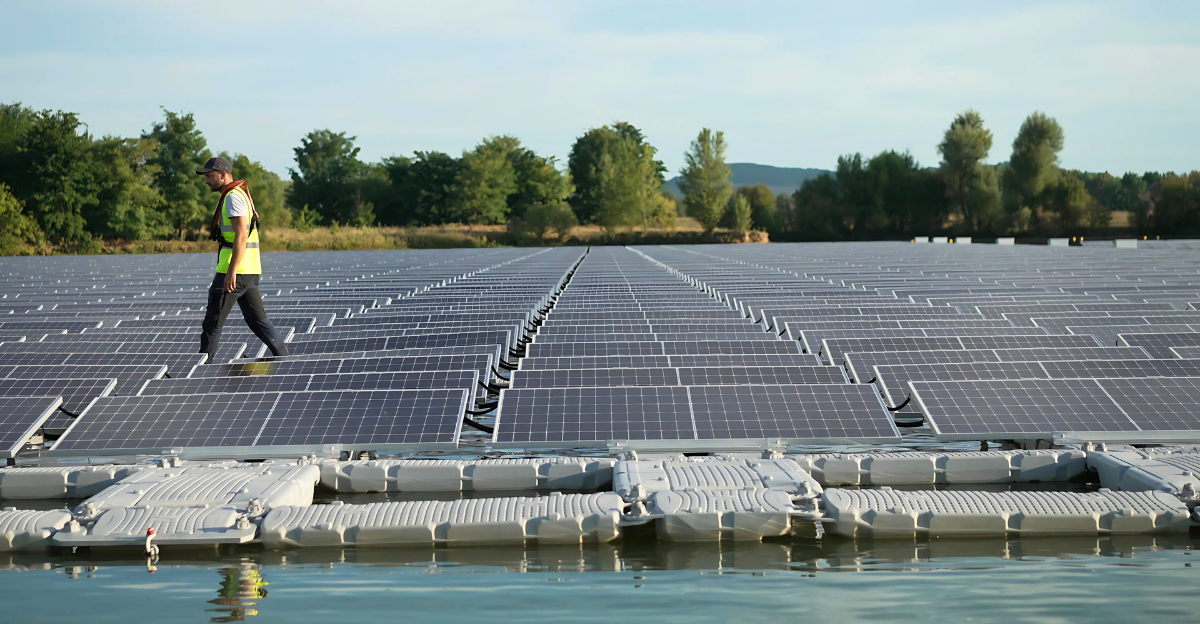
Insights from Floating-PV projects illustrate how innovative renewable installations can yield positive environmental outcomes. For example, floating solar panels on reservoirs have been shown to reduce water evaporation, improve aquatic biodiversity, and limit shoreline erosion. These benefits contrast with the Heat Waver’s novel and less predictable atmospheric effects, highlighting the complexity of hybrid systems’ environmental interactions.
Such variability underscores the importance of multi-year, site-specific research to fully understand and optimize the ecological footprint of emerging renewable technologies. Industry experts emphasize that adaptive management and continuous monitoring are key to balancing energy gains with environmental stewardship.
Historical Context and Technological Evolution
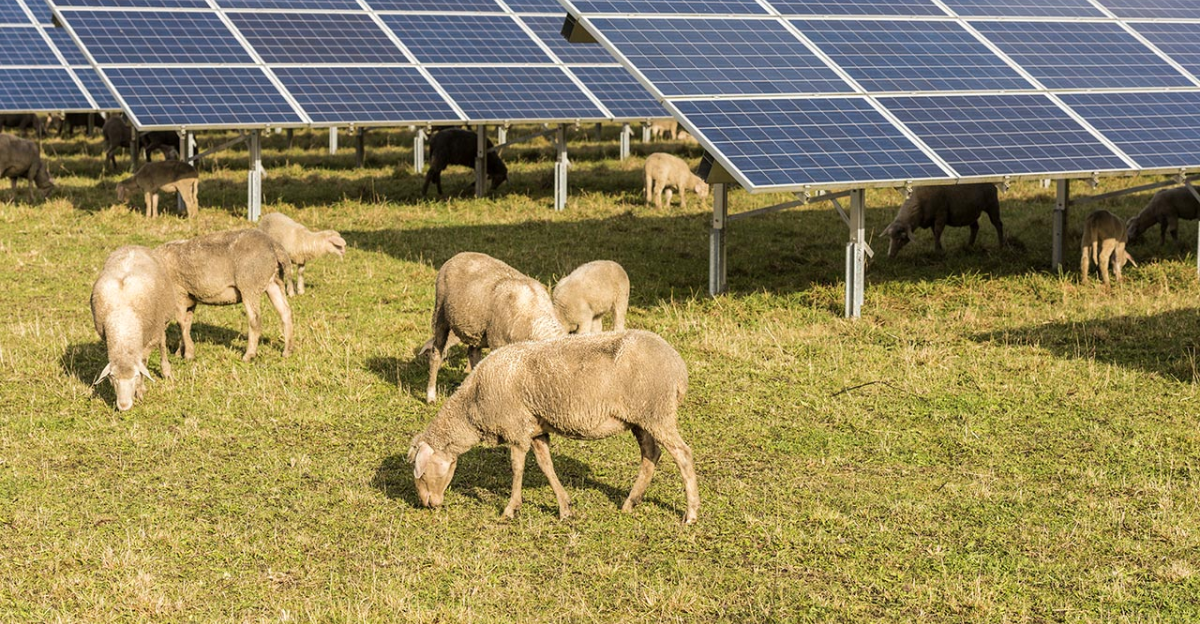
The Heat Waver sits at the forefront of a long evolution in renewable energy technology. Photovoltaic cells have advanced from early experimental devices to highly efficient panels, while wind turbines have grown from simple mechanical devices to sophisticated, large-scale power generators. Hybrid systems represent a new frontier, combining these mature technologies to overcome individual limitations.
This evolution reflects lessons learned from past environmental impacts and technological challenges, driving innovation toward more integrated and efficient renewable solutions. The Heat Waver exemplifies how blending solar and wind harnessing can push the boundaries of clean energy generation.
Expert Opinions and Future Outlook
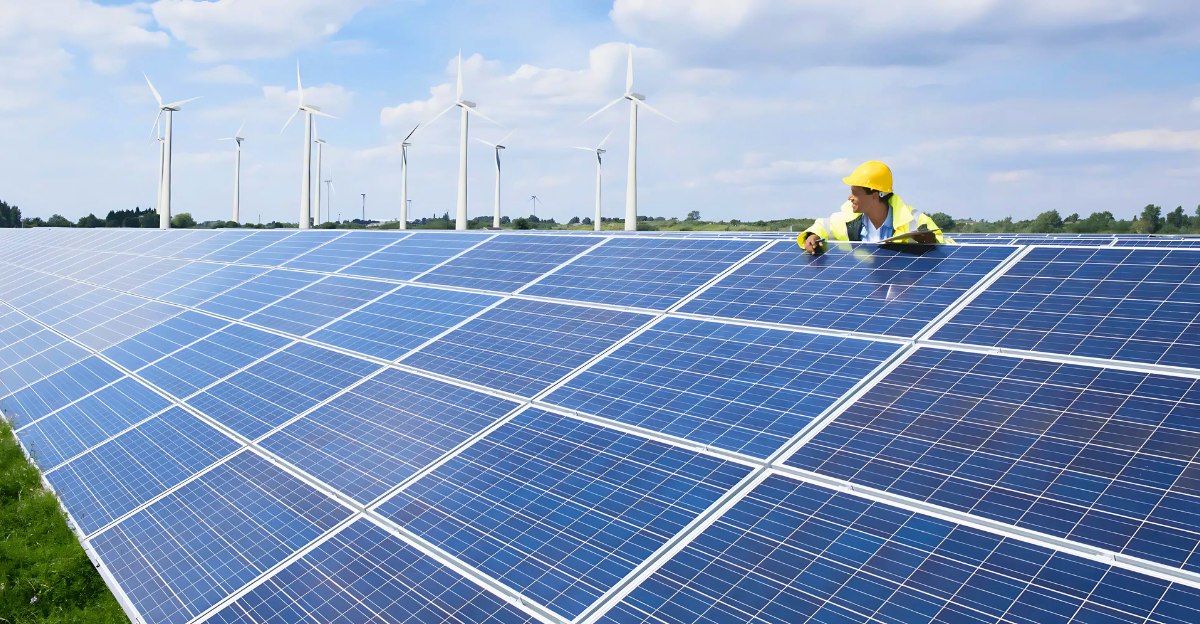
Experts view hybrid turbines like the Heat Waver as promising tools to boost renewable energy capacity and grid reliability. They highlight the potential for continuous power output and better land use efficiency. However, experts also stress the necessity of rigorous environmental monitoring to detect and mitigate unforeseen effects.
Calls for adaptive design improvements aim to refine the technology, minimizing ecological disruptions while maximizing energy benefits. The future of hybrid renewable systems depends on transparent research, stakeholder collaboration, and responsive policy frameworks to ensure sustainable integration into energy infrastructures.
Call for Continued Research
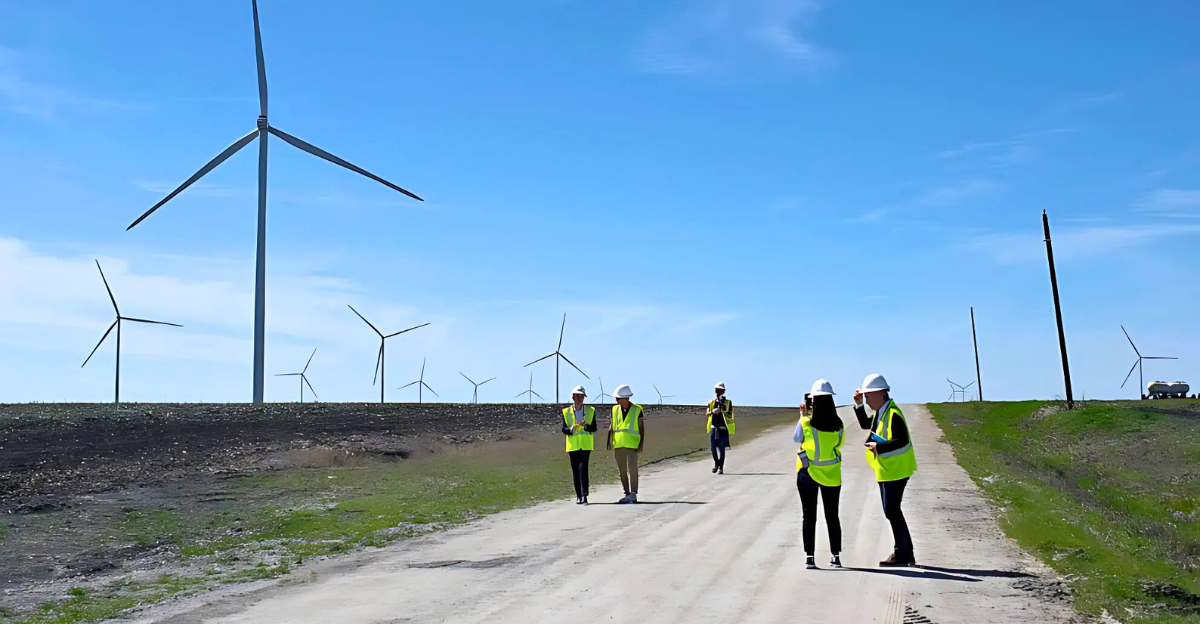
The Heat Waver photovoltaic turbine embodies a bold step forward in renewable energy innovation, offering a hybrid approach that could significantly enhance clean power generation. Yet, its unexpected environmental effects remind us that new technologies must be carefully evaluated beyond their immediate benefits.
Transparent, evidence-based research is essential to understand and address these impacts, ensuring that hybrid systems contribute positively to sustainable energy goals. Continued collaboration among scientists, industry leaders, and policymakers will be vital to harness the full potential of hybrid turbines like the Heat Waver while safeguarding environmental integrity for future generations.







